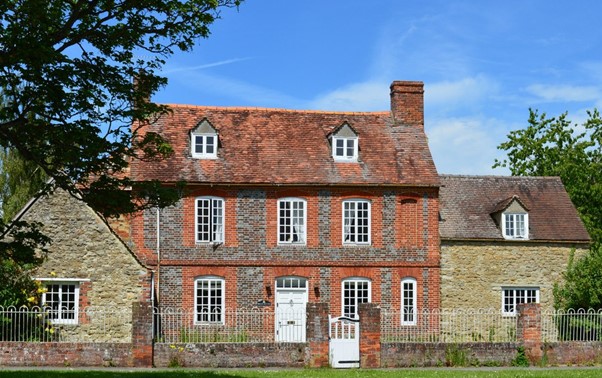With over 5.4 million traditional buildings in England alone, it is crucial to explore sustainable retrofit solutions, such as secondary glazing, as one of the solutions to upgrading the UK’s building stock
This article will explore what secondary glazing is and explore the benefits of its use for retrofitting existing dwellings.
What is secondary glazing?
Secondary glazing is an effective and unobtrusive way to upgrade old, single-paned windows. Adding an additional layer of glazing to an existing window improves insulation, reduces noise, and increases thermal comfort. This retrofit solution is a cost-effective way to upgrade existing buildings and improve their energy efficiency.
Here are the key benefits of secondary glazing:
- Lower energy bills: By installing energy-efficient windows, you can reduce your energy bills by retaining warm air and preventing cold air from entering your home. The outcome is a reduction in energy consumption for heating and cooling, which decreases energy bills.
- Comfortable living: Energy-efficient windows keep your home cosy in winter and cool in summer, so you can enjoy a comfortable environment without using more energy.
- Boost Security: Energy-efficient windows are equipped with double or triple panes of glass, making them stronger than single-paned windows and more challenging for intruders to break into your home.
- Cost-effective solution for retrofitting: Retrofitting existing windows with energy-efficient windows is cost-effective for homeowners seeking to lower their energy expenses. The result reduces energy consumption for heating and cooling, saving you money in the long term.
- Decreased noise pollution: Energy-efficient windows are designed with soundproofing technology to reduce noise pollution, creating a peaceful and comfortable atmosphere in your home.
- Upgrade for Better Energy Efficiency: By installing energy-efficient windows, you can improve your home’s energy efficiency. The outcome means lower heating and cooling energy consumption, leading to lower energy bills and increased comfort.
Comparing secondary glazing to single- and double-glazed windows
The Museum of London’s move to the derelict market buildings in Smithfield is a prime example of how secondary glazing can be a highly effective solution for retrofitting projects. Secondary glazing specialists, Granada Glazing, designed and installed bespoke aluminium secondary glazing- which improved the thermal, acoustic, and security performance of the original timber single-glazed windows.
Compared to double glazing, secondary glazing is a more efficient system that provides improved thermal insulation, noise reduction, and enhanced security benefits. Double glazing’s use of vacuum or low-heat-transfer gas and its short lifespan and recycling issues can result in more energy and carbon costs than benefits.
By reducing energy consumption and increasing comfort, secondary glazing leads to lower energy bills and a reduced carbon footprint, making it an unobtrusive and cost-effective solution to upgrade existing buildings while retaining their character and complying with planning regulations. Furthermore, it aligns with the UK’s goal of achieving net zero by 2050.
“Secondary glazing is an effective solution for retrofitting existing buildings,” says Andrew Dyson, Build Warranty CEO. “It’s important to ensure that any modifications that could affect the structural integrity and waterproof envelope of the building are carried out by a qualified professional and in compliance with the structural warranty requirements to avoid any negative impact on the warranty.”
Build Warranty is the UK’s leading provider of structural warranties, offering comprehensive protection that can help homeowners and building developers have greater assurance in the work they are having done. Visit www.buildwarranty.co.uk for a quote and protection for your building.














